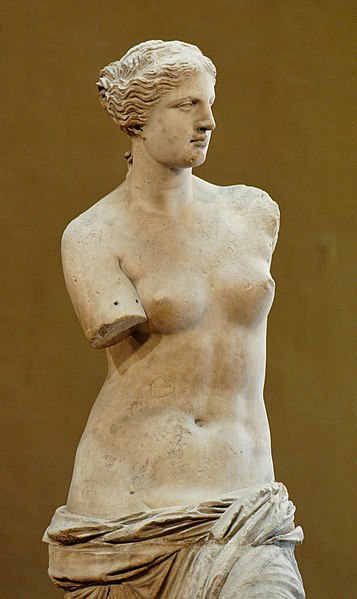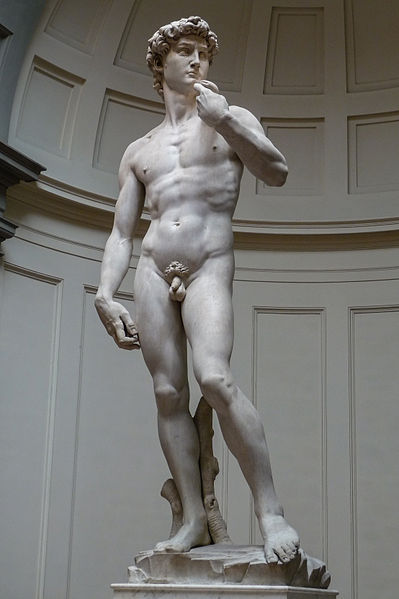In physical attractiveness studies, averageness describes the physical beauty that results from averaging the facial features of people of the same gender and approximately the same age. The majority of averageness studies have focused on photographic overlay studies of human faces, in which images are morphed together. The term "average" is used strictly to denote the technical definition of the mathematical mean. An averaged face is not unremarkable, but is, in fact, quite good looking. Nor is it typical in the sense of common or frequently occurring in the population, though it appears familiar, and is typical in the sense that it is a good example of a face that is representative of the category of faces.
Outline drawings of two young women's faces, and an averaged image of the two.
Transcending culture: Hadza people rated averaged Hadza faces as more attractive than single faces from the tribe.
Physical attractiveness is the degree to which a person's physical features are considered aesthetically pleasing or beautiful. The term often implies sexual attractiveness or desirability, but can also be distinct from either. There are many factors which influence one person's attraction to another, with physical aspects being one of them. Physical attraction itself includes universal perceptions common to all human cultures such as facial symmetry, sociocultural dependent attributes, and personal preferences unique to a particular individual.
Venus de Milo at the Louvre has been described as a "classical vision of beauty".
Michelangelo's David is considered a symbol of young male beauty and strength.
Ishtar, Mesopotamian goddess of sexual love and war. The goddess has been associated with sexuality, love, and fertility.
Xi Shi (西施), born 506 BC, was one of the Four Great Beauties of ancient China.






